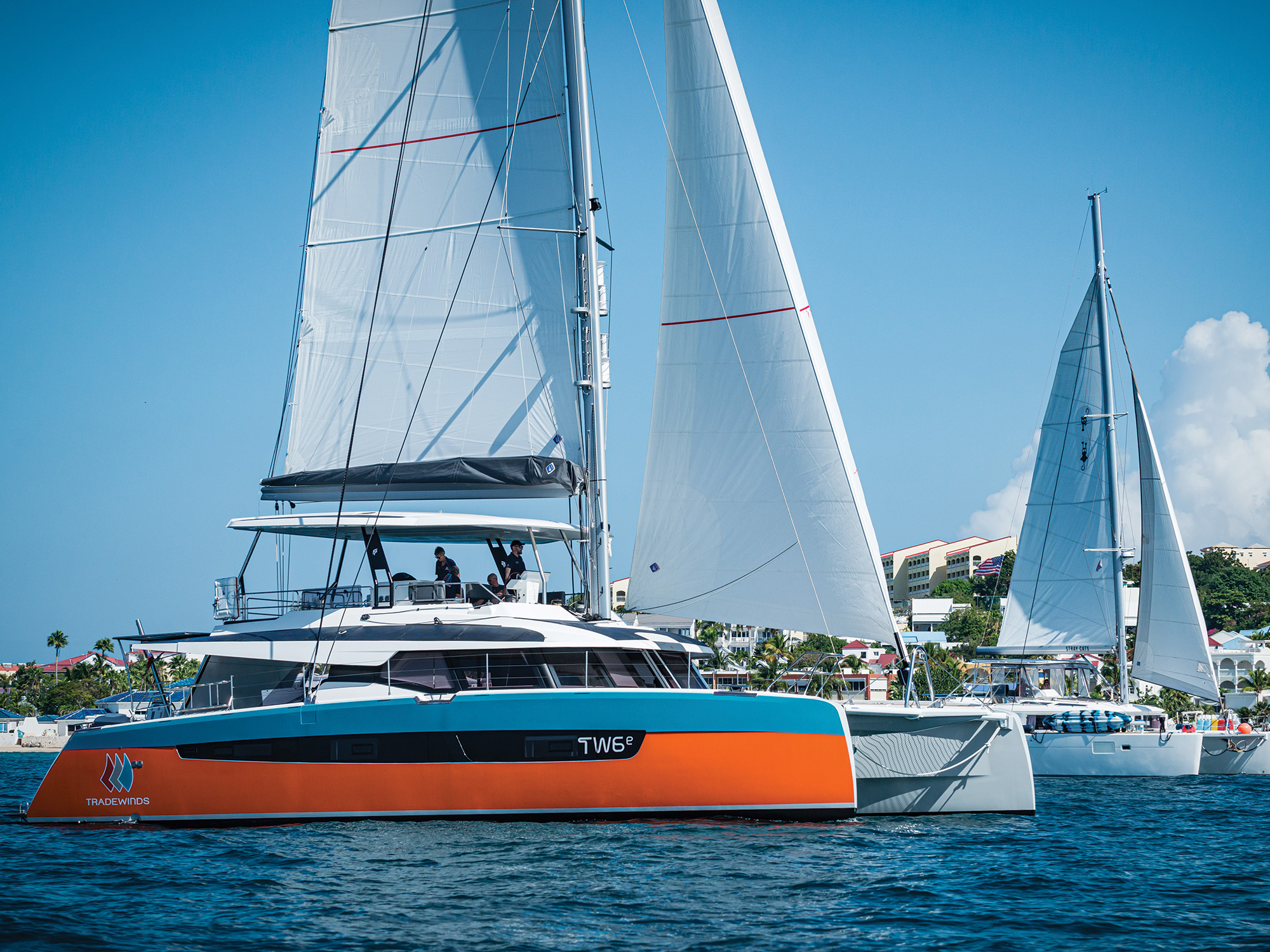
A revolutionary robotic hip exoskeleton has been developed to aid stroke patients in improving their walking stride, according to a recent study. Stroke survivors often experience walking difficulties, with many exhibiting shorter steps on one side compared to the other.
Researchers have introduced a hip exoskeleton that helps individuals adjust their stride by encouraging both legs to take similar steps. The device provides powered assistance to the hip with the impaired stride while restraining the more capable hip.
Lead researcher Banu Abdikadirova, a doctoral candidate in mechanical and industrial engineering at the University of Massachusetts-Amherst, noted that integrating such a device into the daily lives of chronic stroke survivors could enhance training time, crucial for improving walking abilities.
This innovative technology is inspired by a well-known physical therapy technique for stroke patients known as the split-belt treadmill. This treadmill consists of two belts that move at differing speeds to address walking asymmetry in stroke survivors.
Assistant professor of kinesiology at the University of Massachusetts-Amherst, Wouter Hoogkamer, explained that the split-belt treadmill training aims to correct walking discrepancies by adjusting the speed of the belts under each foot, leading to improved symmetry over time.
While the split-belt treadmill has proven effective, there are limitations to its benefits. Abdikadirova highlighted that skills learned on the treadmill may not fully transfer to real-world walking scenarios due to differences in terrain and conditions.
Recent tests involving 13 stroke patients revealed that the use of the exoskeleton resulted in a more symmetrical gait pattern, similar to the outcomes of treadmill training. This promising development was detailed in a report published in the journal IEEE Transactions on Neural Systems and Rehabilitation Engineering.
Postdoctoral researcher Mark Price, from the University of Massachusetts-Amherst, emphasized the potential of this new device to build upon the success of split-belt treadmill training and improve the accessibility and effectiveness of gait training for stroke patients.
For more information on stroke rehabilitation, individuals can visit the Mayo Clinic website.


